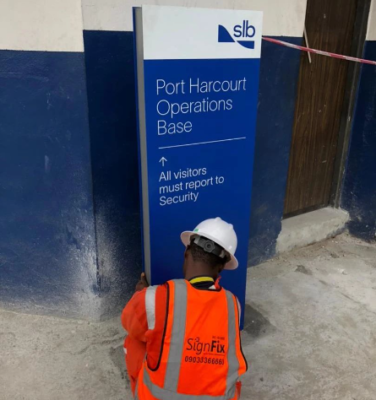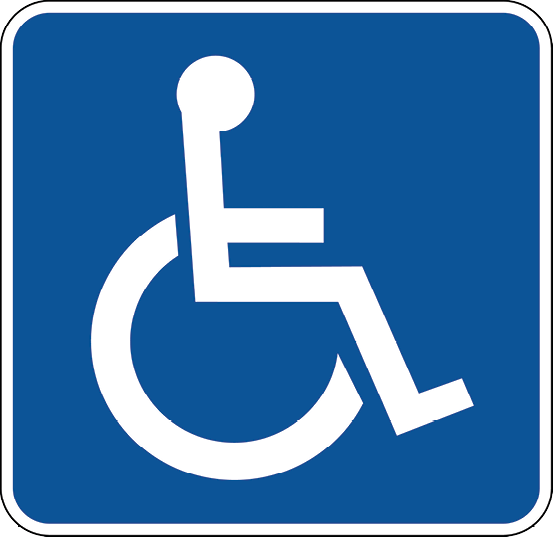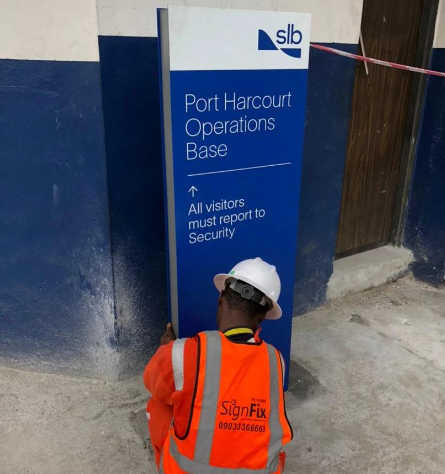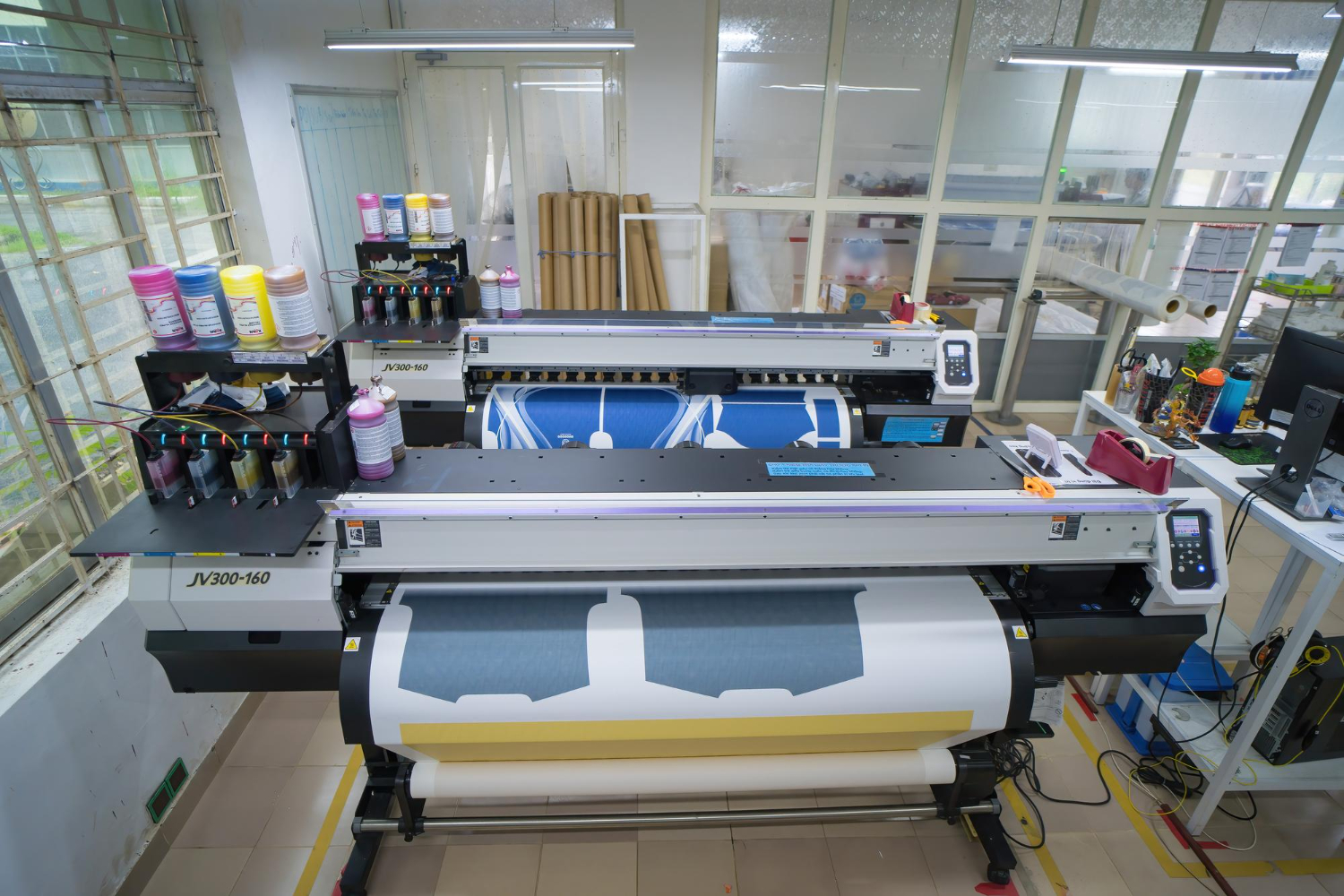

In the vast landscape of public spaces, signage serves as an unsung hero, guiding people, providing information, and ensuring accessibility. Among the many facets of signage, one crucial aspect often takes center stage: ADA-compliant signage. The Americans with Disabilities Act (ADA) lays the foundation for these signs, making it imperative for public spaces to provide information in a way that is accessible to everyone, including those with disabilities.
Before we dive into its importance, let us clarify what ADA-compliant signage entails. ADA signs are designed to be accessible to people with disabilities, ensuring that they can navigate public spaces with ease. These signs must adhere to specific guidelines outlined in the ADA Standards for Accessible Design. The guidelines cover various aspects of signage, including visual, tactile, and spatial elements, all of which are aimed at making information accessible to individuals with disabilities.
The primary purpose of ADA-compliant signage is to ensure equal access for all individuals, regardless of their physical or cognitive abilities. These signs convey important information in a way that is simple for everyone to understand, such as room numbers, restroom locations, exit routes, and more. This not only promotes inclusivity but also enhances the overall user experience in public spaces.
Think of ADA-compliant signage as a navigational aid. For individuals with disabilities, finding their way in unfamiliar spaces can be challenging. ADA signs with clear, legible text, raised characters, and tactile elements allow people with visual impairments to decipher and follow the signage to reach their destinations. This enhances independence and autonomy.
In the event of an emergency, ADA-compliant signage is essential. Exit signs, for instance, must be designed with raised tactile lettering and Braille to provide clear instructions for evacuation. This is particularly critical for individuals with visual or cognitive impairments, as well as those who may not be familiar with the layout of the building.
Compliance with the ADA is not optional; it is a legal requirement. Public spaces, including businesses, government buildings, healthcare facilities, and more, must adhere to ADA guidelines. Non-compliance can lead to legal consequences and fines. Investing in ADA-compliant signage is not only ethical but also fiscally responsible.
Public spaces aim to provide a positive experience for all visitors. ADA-compliant signage plays a significant role in achieving this goal. When signs are easy to read, clear, and universally understood, it contributes to a seamless and pleasant experience for everyone, regardless of their abilities.
For businesses and organizations, ADA-compliant signage reflects their commitment to inclusivity and accessibility. This positively influences their brand image and reputation. It sends a message that the establishment is welcoming and considerate of the needs of all its visitors. This, in turn, can lead to greater customer loyalty and positive word-of-mouth recommendations.
Public perception matters, and ADA-compliant signage is an integral part of it. When public spaces are designed with accessibility in mind, they are viewed as progressive and compassionate. This not only benefits the space itself but also the broader community by promoting inclusivity and social equity.
While there may be an initial investment in creating and installing ADA-compliant signage, it can lead to long-term cost savings. These signs are designed to withstand wear and tear, reducing the need for frequent replacements. Moreover, avoiding legal issues and fines associated with non-compliance can save substantial amounts in the long run.
ADA compliance doesn’t mean sacrificing aesthetics. Design innovations have enabled the creation of visually appealing ADA-compliant signage that complements the overall ambiance of a space. These signs can incorporate various materials, colors, and finishes, allowing for customization while maintaining accessibility.
One often underappreciated aspect of ADA-compliant signage is its universal benefit. While the primary focus is on individuals with disabilities, these signs make information more accessible to everyone. Clear, legible signage benefits people of all ages, language backgrounds, and familiarity with a particular environment.
In conclusion, ADA-compliant signage is not just a legal requirement; it is a powerful tool for promoting inclusivity, accessibility, and an enhanced user experience in public spaces. It ensures that information is universally accessible, regardless of an individual’s abilities. Investing in ADA-compliant signage is an ethical and strategic choice that benefits not only those with disabilities but also the reputation and long-term cost-efficiency of public spaces. As we continue to work towards creating more inclusive environments, ADA-compliant signage plays a pivotal role in shaping the future of public spaces.
At signfix.ng we create ADA-compliant signs for your brand when it comes to customer needs and project deliverables. We have a signage design team different from the production team that focuses on creating ADA-compliant and visually appealing signage. When you plan your signage project, remember that it needs to be ADA-compliant, and you need to choose a signage partner like signfix.ng who knows the importance of these types of signs. Click [email protected] to get started

Signs are everywhere you look – from eye-catching storefront displays

Signage is more than just a pretty face for your

In the bustling city of Lagos and Abuja, where the

In the fast-paced realm of marketing and communication, businesses are
100% Original products that covered warranty by the vendor.
You have the right to return your orders within 30 days.
Your orders are shipped seamlessly between countries.
Your payments are secure with our private security network.